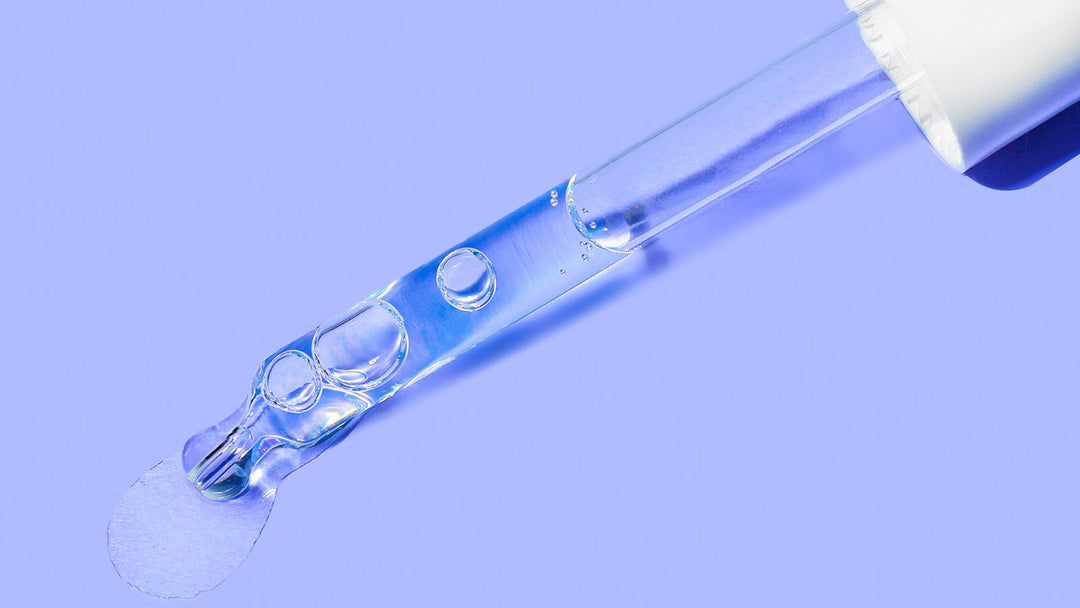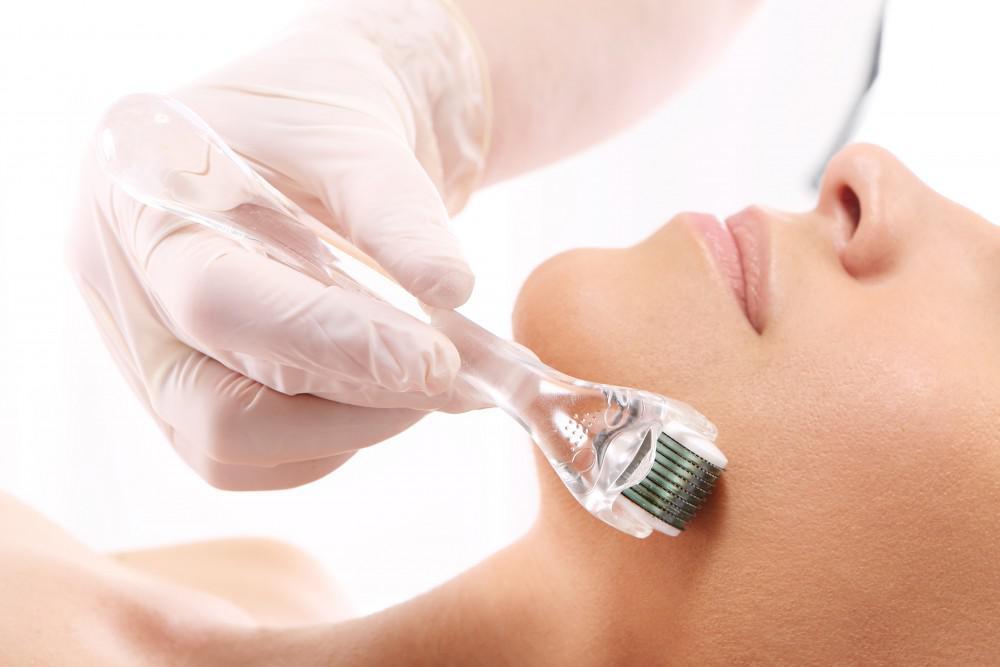Is PRP Hair Treatment Effective?
Around 80 million people in the United States suffer from hereditary hair loss, but that doesn't make this condition any less stressful. The majority of men and women who struggle with sudden baldness or thinning hair seek medical attention.
According to the American Academy of Dermatology, doctors have traditionally been able to reverse hair loss through medication or surgery. Still, many of these procedures have negative side effects, including sexual dysfunction, an itchy scalp, or lengthy recovery times. One of the biggest reasons why platelet-rich plasma therapy (PRP) has been growing in popularity is the minimal side effects it has.
But what exactly is the PRP hair treatment? Let’s see who is it most suitable for, what are its benefits and the potential risks you should be aware of.
What Is Platelet-Rich Plasma Therapy?

PRP was first used in medicine in Europe in 2005. Researchers found that PRP helped promote wound healing in plastic surgery, orthopedics, and sports medicine, according to a study published in the American Journal of Clinical Dermatology in August 2016. Today, PRP is still used to help people and athletes recover from joint injuries, but dermatologists only started using it for hair loss treatment five or so years ago.
Currently, the FDA only approves PRP for use in orthopedic practices, and the first publications including PRP in joints appear in 2005. Any other use of PRP, such as treating hair loss or skin issues, is considered "off-label."
The FDA defines "off label" as when a drug or therapy is approved for a certain use or diagnosis, but not for the other use or diagnosis. In these situations, the FDA has determined that the potential benefits of the drug outweigh its risks. If all other treatment options have failed, your doctor may recommend an approved drug for an unapproved use if he or she believes it might be helpful to you.
How Does PRP Hair Treatment Work Exactly?
In order to perform PRP, a technician must draw blood from the patient, usually from the arm. Plasma is then extracted by spinning the blood. Platelets, which promote hair growth, are found in plasma.
In a PRP session, the technician injects the plasma into areas of the scalp with hair loss - usually about 15 to 20 injections. Despite the fact that it sounds painful, there are no side effects. After the injections, you may feel some mild soreness, but you should be able to bounce back quickly. This procedure is very well tolerated - most people only feel pressure.
There’s no need for an anesthetic - patients experience just mild discomfort and tightness, and the whole procedure is completed within 30 minutes. The results of PRP will not be visible right away, so don't expect to see a head full of hair overnight.
Typically, you'll need three monthly sessions, followed by an appointment four to six months later, and then yearly maintenance sessions after that. Several factors will determine the exact schedule of your treatment plan, including your age, hormone levels, and genetics. After the third or fourth appointment, you should start seeing regrowth.
Who Is a Good Candidate for a PRP Hair Treatment?
Both men and women have reported benefiting from PRP, particularly those with androgenetic alopecia, which among men is called male-pattern baldness and among women is caused by thin hair all over the head. PRP treatments are suitable for anyone experiencing hair loss, but those with early hair loss tend to respond better.
Here are some groups of people who might benefit from a PRP hair treatment:
- Bald men
- Menopausal women who have suffered hair loss or thinning hair
- Those who have lost hair within the last five years (any longer and the hair follicles will likely be so small and thin that promoting growth will have no effect)

PRP may also not be appropriate for some groups, including those with:
- Several health conditions can cause hair loss, such as lupus and thyroid diseases, such as hypothyroidism and hyperthyroidism (people with thyroid problems aren't the best candidates because hair loss is caused by both the disease and the medication. Even after PRP, the hair loss is likely to persist in these cases);
- Patients with bleeding disorders, clotting disorders, blood thinners, or hepatitis might be at risk for poor platelet function;
- As PRP promotes growth, it could have a detrimental effect on pre-existing conditions such as skin cancer or an infection of the scalp.
What Does Research Say About PRP for Hair Loss?
The use of PRP for hair loss treatment is relatively new, but research has shown promising results. PRP was tested on 11 men with androgenetic alopecia who had not had success after six months of medication in the April–June 2014 issue of the Journal of Cutaneous and Aesthetic Surgery. Their hair count increased by about 30 percent after receiving four treatments in three months.
A PRP has also been shown to increase hair density and thickness in a meta-analysis in the Journal of Cosmetic Dermatology published in September 2017. Because the studies were small, and the results were not significant, it was too soon to say if there was a correlation.
PRP Hair Treatment Benefits
Orthopedic PRP therapy may be relatively new, but other fields of medicine have been using it successfully for more than 20 years - including dentistry. In studies, PRP therapy has been shown to be effective at relieving pain and allowing patients to return more quickly to their normal activities.
Injured tissues can be treated with PRP therapy before irreversible damage occurs, which greatly reduces the need for surgery.

PRP therapy also has the following benefits:
- Through its use of the body's own cells, it stimulates the body's natural healing process
- As it involves no surgical incisions, it is minimally invasive
- Patients who cannot undergo surgery can benefit from it
- In comparison to surgery, it offers a much faster recovery time
- Infections and allergic reactions are almost nonexistent
- An alternative to surgery that costs less
PRP Hair Treatment Side Effects
Blood draws and needles might sound scary, but PRP carries no real risks. There is minimal discomfort associated with injections, so most patients do not need numbing agents. Nevertheless, ice packs or cool air may alleviate pain. It is also recommended to take Tylenol after the procedure if there is any discomfort.
Some of the PRP hair treatment side effects also include bruising, but if there’s any, it usually resolves within a week or two. Downtime is also minimal. Warm water encourages blood circulation throughout the scalp, so take a warm shower to enhance it.
Patients should try FDA-approved medical treatments first, such as Proscar (finasteride) and Rogaine (minoxidil), since they tackle the hormonal component. PRP shouldn't be used as a first-line treatment because it doesn't address what may be causing the hair loss in the first place. It works by giving growth factors to the hair, but it doesn't fix any hormonal or genetic problems.
In addition to medical treatments, dermatologists can offer PRP, so they are a better choice than plastic surgeons. A PRP treatment is no longer limited to doctors' offices. There are spas that offer PRP hair treatments, but make sure you get a thorough consultation before choosing it. It is possible to get sick from PRP if technicians don't use FDA-approved tubes or aren't careful about injecting only your blood.
When Should You Expect Results from a PRP Hair Treatment?
Consistency is key to achieving the best results. Depending on the individual patient's response and results, treatment is typically performed once a month for the first three to four months, then every three to six months thereafter. Results can be expected within two to three months of following this protocol.
Usually, patients notice that hair shedding has decreased, followed by early regrowth and an increase in hair length. In order to prevent hair fallout and stimulate hair growth, it is recommended to receive treatments every three to six months on a long-term basis.
To treat hair thinning and loss effectively, PRP can be incorporated into a multifaceted approach. If you are post-menopausal, your dermatologist may prescribe you spironolactone or finasteride to promote hair regrowth.
A PRP treatment, which is usually priced between $750 and $1,000 per session, may not be a quick or easy fix, but it is a medically and scientifically backed option for reversing hair loss in both men and women.
Common Problems Treated With PRP Therapy
A number of athletes and active individuals who suffer from orthopedic conditions are benefiting from PRP therapy in order to recover more quickly and avoid surgery if possible. Studies have shown that PRP therapy may be effective in treating injuries that have not responded to conventional treatments such as anti-inflammatories, cortisone injections, physical therapy, or surgery.
In addition, this can be an effective option if you are sensitive to anti-inflammatory medications, if you do not want to undergo surgery, or if you are unable to undergo surgery. The use of PRP therapy can be beneficial for a wide range of orthopedic conditions, such as:
- Injuries to soft tissues (tendons, ligaments, muscles)
- Rotator cuff tears
- A ruptured Achilles tendon
- Tendonitis
- Tennis elbow
- Golfer’s elbow
- Symptoms of arthritis
PRP Hair Treatment Cost
The PRP hair treatment cost can range depending on several factors. Generally, each treatment typically costs around $600 to $1,500 out of pocket, depending on your location. If you want to find out the exact price for a PRP hair treatment in your area, just google ‘PRP hair treatment near me’ and you’re bound to find the center that best suits your needs and budget. Keep in mind that, to see results, you need to undergo this procedure about four times during your first year.




